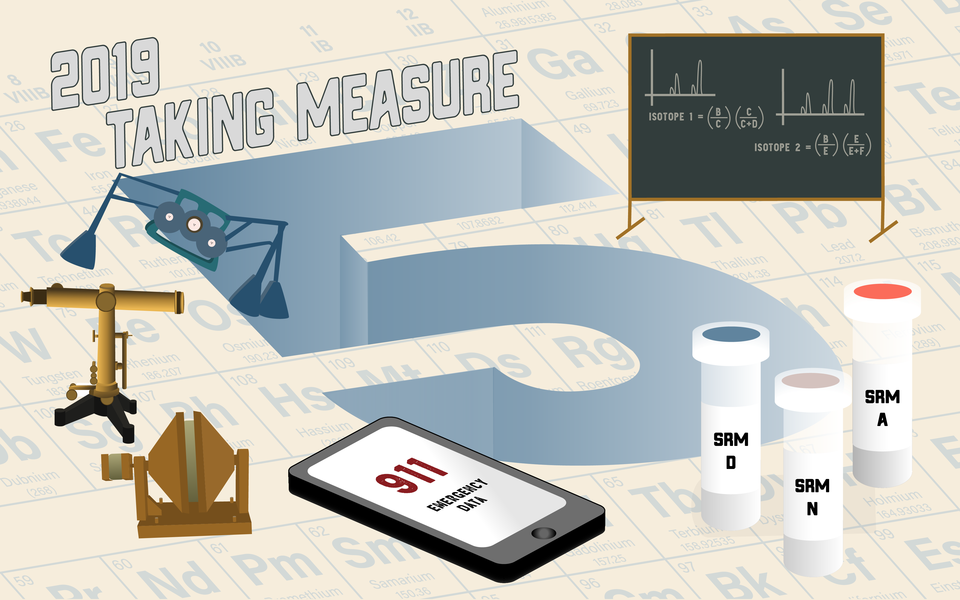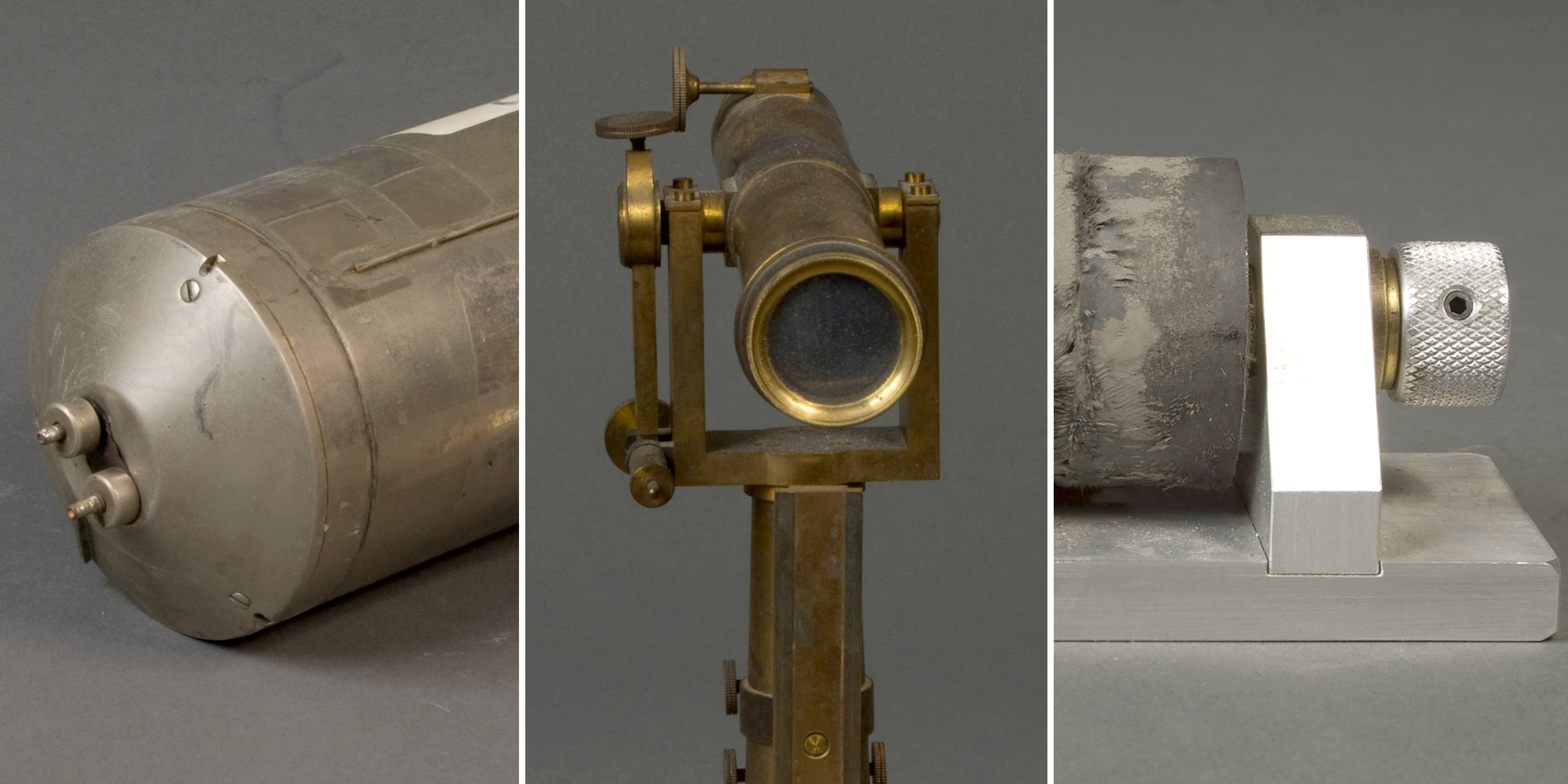Taking Measure
Just a Standard Blog

It’s December, and that means it’s time for us to reflect on the past year, and what a year it was! This year tens of thousands of people tuned into the National Institute of Standards and Technology (NIST) Taking Measure blog to get their metrological fix, and we couldn’t be more pleased. Thank you! Our readers learned about plastic on our beaches, genomes in bottles, energy-efficient housing, security for the internet of things, the redefinition of the International System of Units (SI), and much more. But, while we love all our stories, there are some posts that really stand out. And so now, without further ado, we bring you the top five blog posts of 2019.
5. Differential Privacy: A Q&A With NIST's Mary Theofanos
Privacy is important, especially when it comes to medical information. In this blog post, NIST’s Mary Theofanos puts the “differential” in “privacy.” Theofanos explains that, while some of the information gathered during a 911 call may be useful for making future emergency response plans, researchers don’t need to know everything about the patients. Luckily, there’s a way to have the data and still protect privacy.

4. One Statistical Paradigm to Rule Them All?
Do you like your statistics Bayesian or frequentist? Mathematical minds want to know! In all seriousness, NIST statistician Adam Pintar takes a lighthearted look at the “competing” statistical approaches in this blog post. Spoiler alert: He thinks both are just awesome.

3. Human DNA Standard: A Q&A With NIST’s Becky Steffen
We’ve all seen the crime shows where DNA cracks the case. But how do you trust that your tests are giving you the right answers? You need a standard measuring stick that you can use, and luckily NIST makes them! Learn more in this Q&A starring NIST’s Becky Steffen.

2. Unidentified Museum Objects V
Who loves some science sleuthing? Our readers do, that’s for sure. NIST’s archives are crammed full of objects whose original purpose has been lost to time, and we need help figuring out exactly what these things do … or did. Break out your magnifying glasses, put on your deerstalker hats, and help us solve these mysteries.

1. The Periodic Table: It's More than Just Chemistry and Physics
The official International Year of the Periodic Table is almost over. Unofficially, however, it never ends here at NIST. We love the periodic table for its simplicity, its utility, and its history. In fact, the history of the periodic table and the etymology of the elements is so fascinating, NIST Tech Beat managing editor Ben Stein just had to write a whole blog post about it, and our readers loved it! And since our readers are never wrong, you should read it too!
About the author
Related Posts
Comments
Congratulations, especially your DNA finding/publication. In the same vein, could you tell me if
there is scientifically validated standard for the identification of controlled substances? In 20 years of research, I have not been able to find one though the DEA claims there is one, and it's "infallible."
Than you,
John
The Mars was a viable plant like earth then Mars became gradually out of it's orbit around sun and now is not viable for humans life.!!But there are some unknown virus or bacteria who we don't know also some elements.The elements on the Earth is more than 200 elements!! Regards Thank you 12,03,2019 bahram kasmai
The periodic table is a masterful encapsulation of the chemical elements.
Very good collection. Thanks
Privacy in our interconnected world, especially when it involves sensitive data like medical information, is paramount. Mary Theofanos sheds light on the vital concept of 'Differential Privacy' in this insightful blog post. It's fascinating to see how we can extract valuable insights from 911 calls for emergency planning while safeguarding individuals' privacy. NIST continues to play a crucial role in finding that delicate balance between data utilization and personal confidentiality. Kudos to Theofanos for making complex concepts accessible!






This is a treasure trove of reads, thanks for the selection.